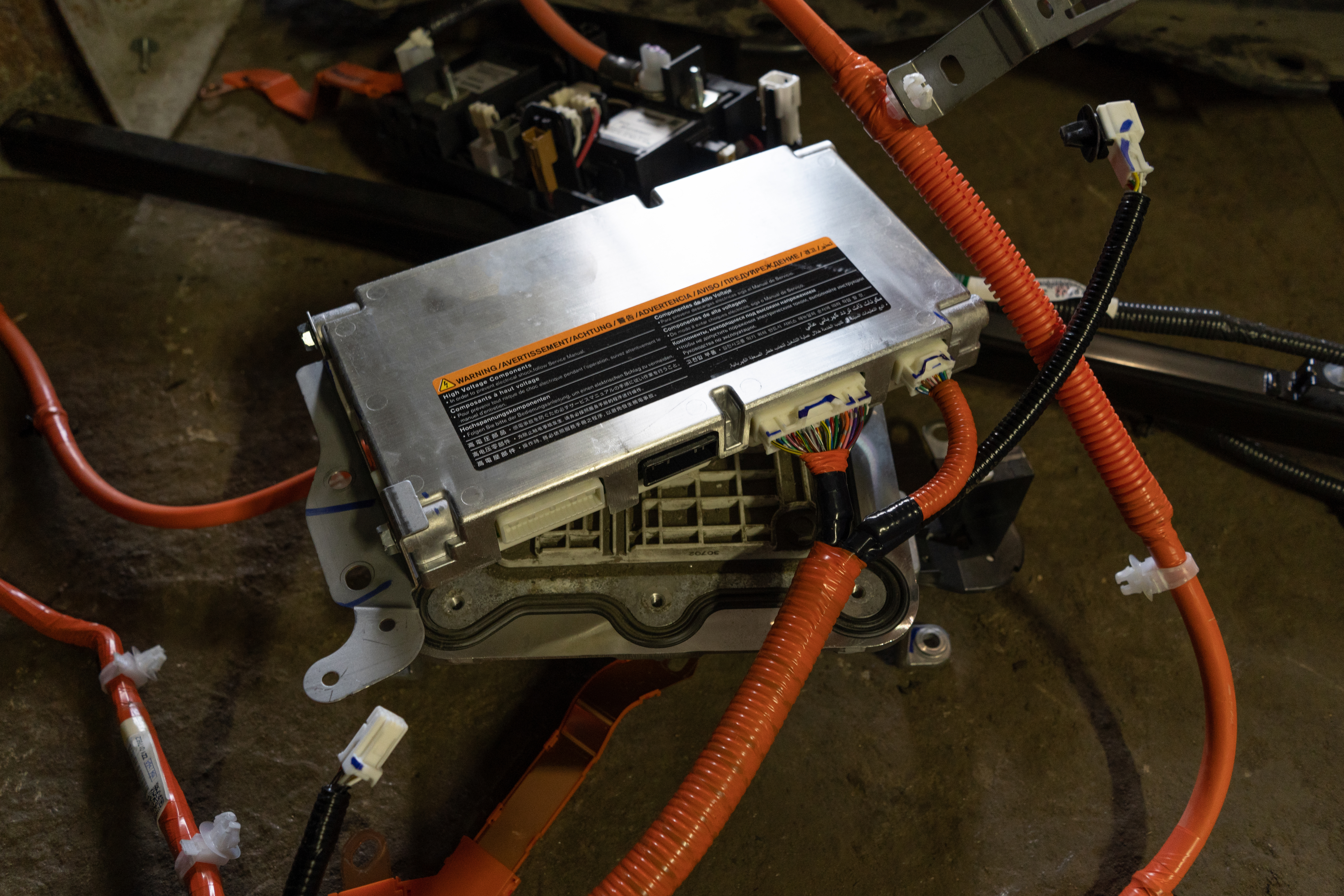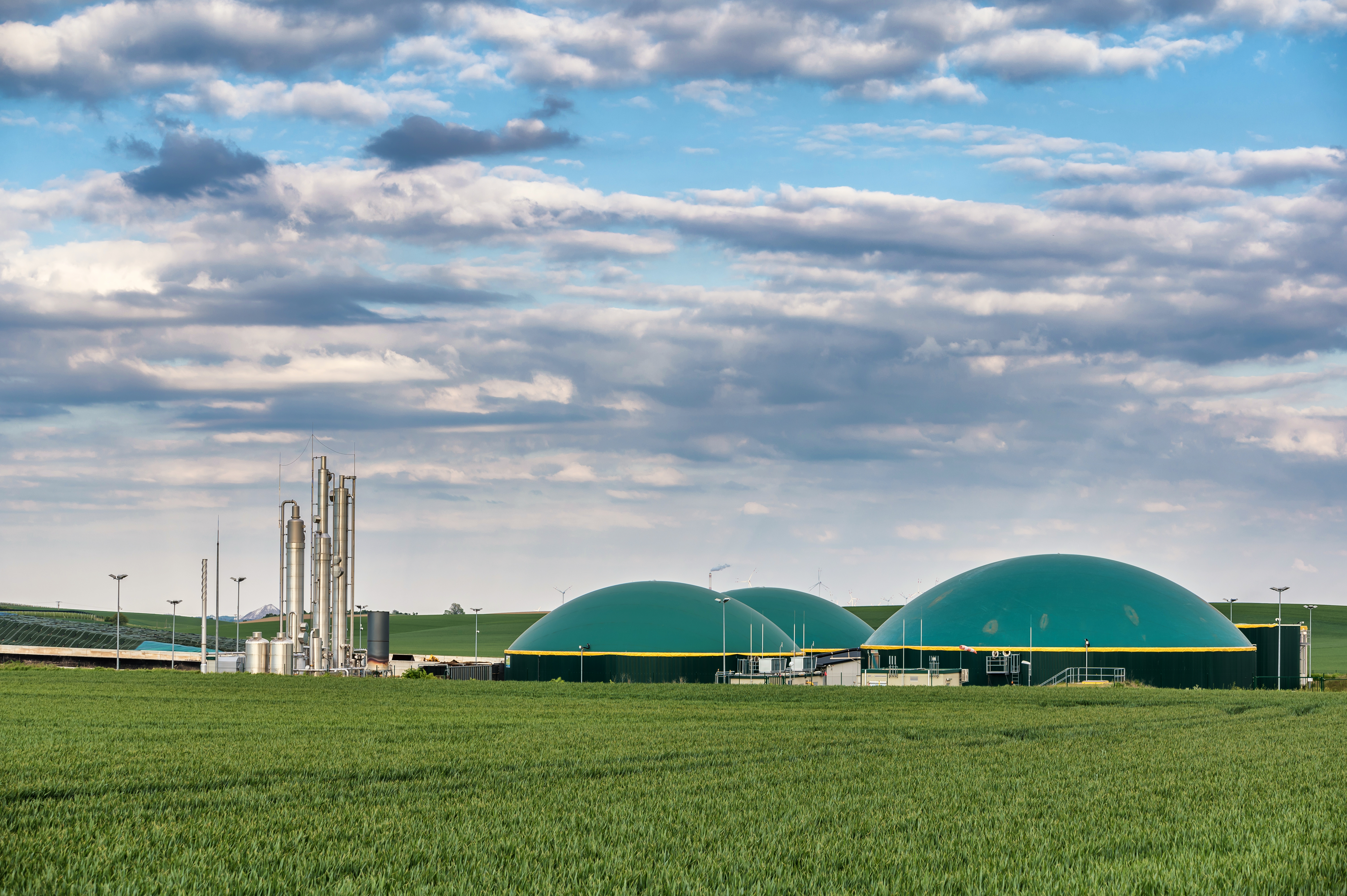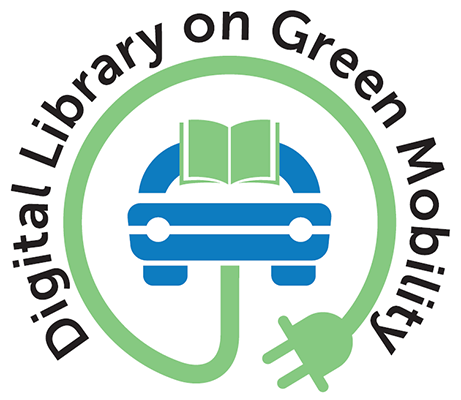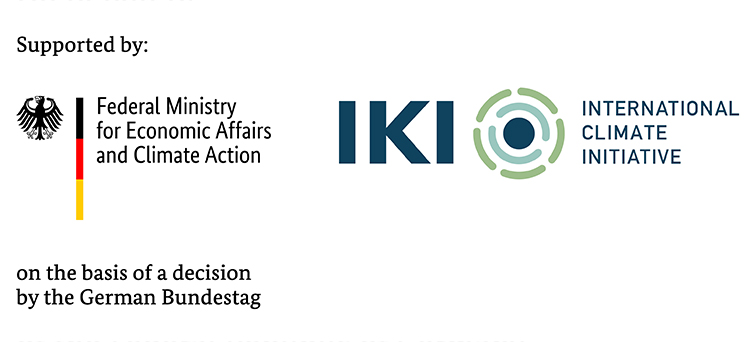Glossary

Battery Management System
An electronic system within the vehicle that manages and protects the battery.

Battery swapping station
A battery swapping station is a facility where electric vehicles (EVs) can exchange their discharged batteries for fully charged ones, similar to how refueling a gasoline car at a gas station involves swapping out battery packs.

Biofuel
Gas or liquid fuel made from plant material. Includes wood, wood waste, wood liquors, peat, railroad ties, wood sludge, spent sulphite liquors, agricultural waste, straw, tires, fish oils, tall oil, sludge waste, waste alcohol, municipal solid waste, landfill gases, other waste, and ethanol blended into motor gasoline.

Biogas
A gaseous mixture composed principally of carbon dioxide and methane that is generated from the biological decomposition of organic materials in the absence of oxygen. Depending on the type of organic source material and how it is processed, it also contains trace amounts of hydrocarbons other than methane, hydrogen sulphide, hydrogen, nitrogen, oxygen, carbon monoxide, ammonia, and water. Common feedstocks of biogas include landfills, wastewater treatment plants, food waste, livestock manure and other agricultural residues or biomass.

Biomass
Materials that are biological in origin, including organic material (both living and dead) from above and below ground, for example, trees, crops, grasses, tree litter, roots, and animals and animal waste.

Biomethane
A form of biogas that has been processed to meet pipeline quality standards by increasing the fraction of methane via the removal of carbon dioxide, hydrogen sulphide, and other trace constituents. Such processing produces a gas that can shipped in gas pipelines and used interchangeably with conventional (fossil or geologic) natural gas. Also called “biogenic” gas.
.jpg)
Bus Rapid Transit (BRT)
Bus-based public mass rapid transport system (MRT) which consists of buses, an organisational setup, regulations such as intersection priorities and infrastructure such as bus lanes and stations.

Carbon dioxide equivalent (CO2e)
A way to place emissions of various radiative forcing agents on a common footing by accounting for their effect on climate. It describes, for a given mixture and amount of greenhouse gases, the amount of CO2 that would have the same global warming ability, when measured over a specified time period.

Carbon intensity
Test

Carbon Intensity
The amount of emissions of carbon dioxide (CO2) released per unit of another variable such as national income, regional income or sectoral income/output.



